2022 art recap: reimagining the future of arts
by Vatsala SethiDec 31, 2022
•make your fridays matter with a well-read weekend
by Almas SadiquePublished on : Apr 05, 2024
In recent history, we have witnessed a major shift away from the culture of exaltation and adulation of individual heroes and stars. Gone are the days of stretching long lines extending from the threshold of cinema houses, bookstores and concert venues before every new release. Call it a surge in such releases or the altered proximity one shares with popular figures in the digital space, the hype of the hero—and, with it, the culture of eschewing accountability for them—has befittingly perished. Every individual now stands the risk of being tried in the cancel culture courts, with the general public appending either side with their support.
However, what does the fading culture of hero worship say about our society? Is it a demarcator for a better, more evolved society, that excuses itself from revering individual figures beyond their merit? Does it signify an era of due accountability, or does it characterise the projection of man’s most inimitable virtue, that of bearing the capacity for rationality? The answer is yes, maybe. However, when have gains in the human consciousness ever led to the discard of societal perils? Is this enhanced understanding not usually followed up with many more new breeding concerns and trials that await demystification?
The power and influence of the hero might have faded, but only to be replaced by fads, trends and cultures that appear to have surpassed their original influence—now dictating entire lifestyles and one’s outlook in life. From the choice of morning beverages, the outfits one chooses, the places they are purchased from and the aesthetics that are followed in indoor environments to the factions that one supports during high-conflict happenings as well as the government one elects, every aspect is impacted by the new idols set in place for consumption.
Now, what if these idols of the new age are also cute? What if their cuteness supersedes the new mien they endorse every few days, so much so that these idols themselves can be advertised and sold off? What if, in the absence of a real person pedestalised, one forgoes this culture of accountability for fictional characters that are also cute? After all, how can one hold to account chubby characters cooing out veiled conspiracies? Or, wrestle against one’s instinct to care and coo these characters (whose guise and physique resemble babies) to examine their dissonant messaging?
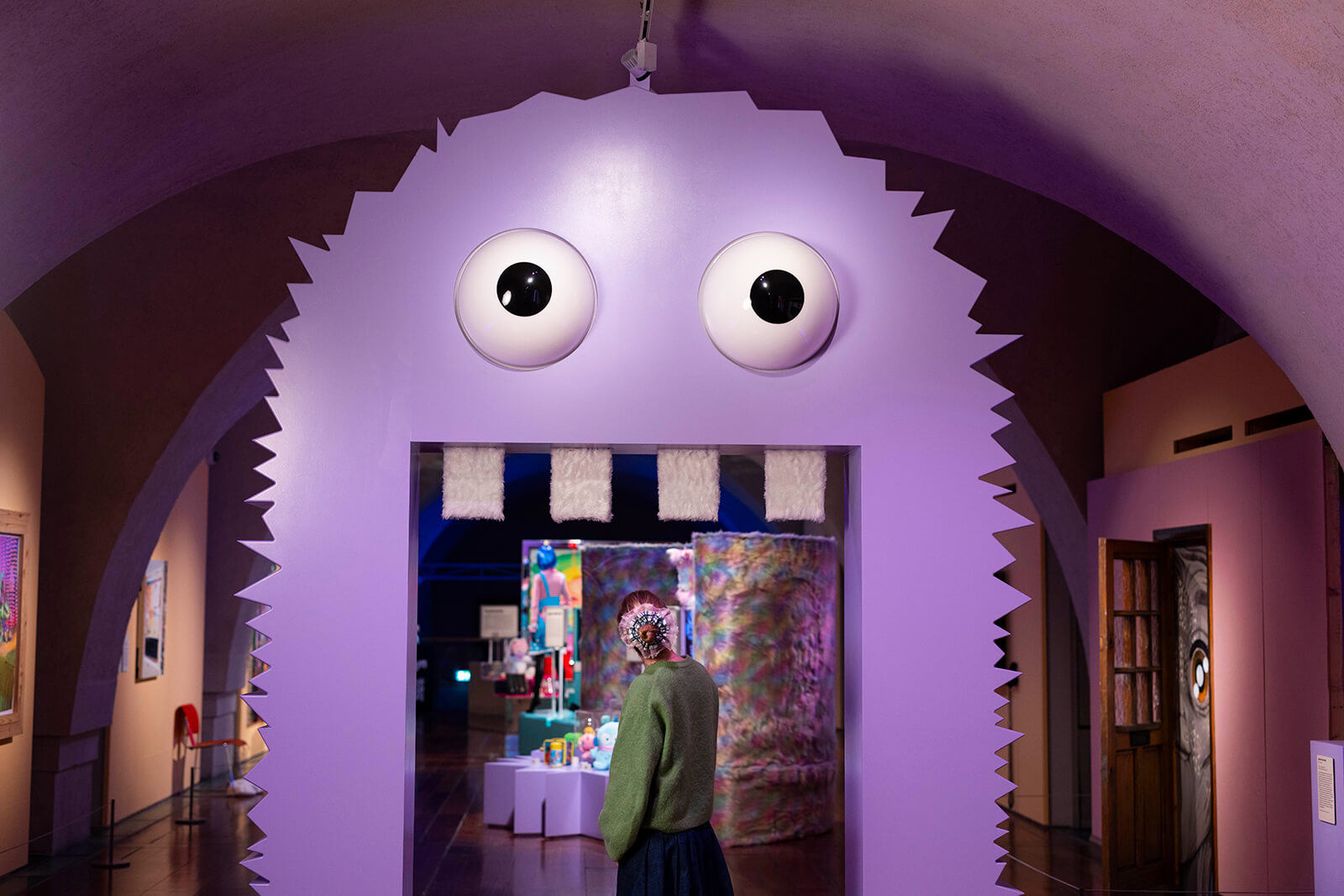
It is this irresistible rise of cuteness and its consequential impact on our societies that an exhibition in Somerset House seeks to explore. Entitled CUTE, the exhibition is on view until April 14, 2024, in the London-based art gallery. It also coincides with the 50th anniversary of Hello Kitty and, hence, features rare memorabilia as an ode to the beloved fictional character.
“From emojis to internet memes, video games to plushie toys, food to loveable robotic design, cuteness has taken over our world. CUTE brings together contemporary artworks, including new artist commissions, presented alongside cultural phenomenon from music, fashion and toys, to video games and social media, to examine the world’s embrace of cute culture and how it has become an influential measure of our times,” mentions an excerpt from the press release shared by Somerset House.
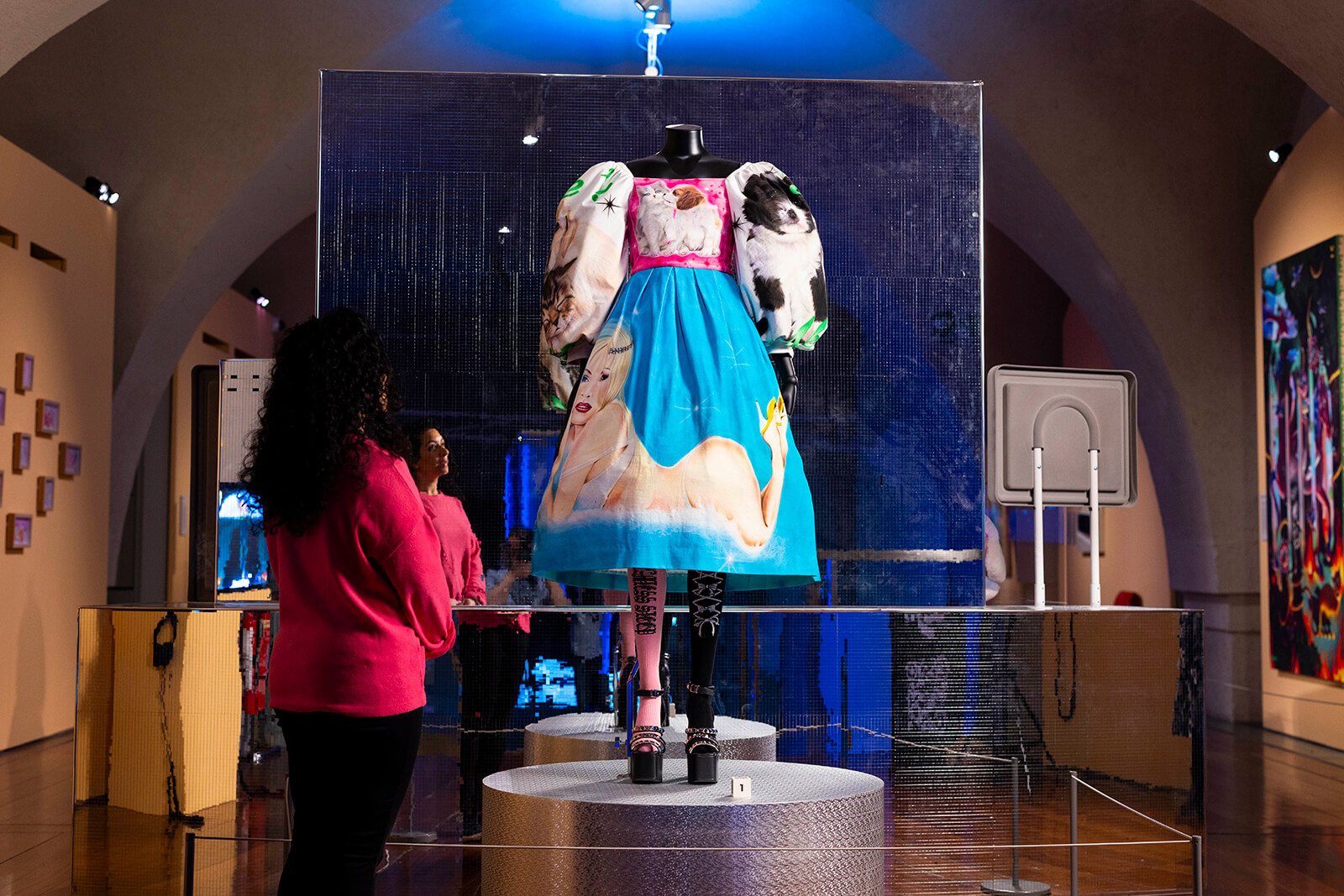
The phenomenon of appending cuteness as a distinct aesthetic is often traced back to its popularisation in Japan, since the early 20th century. Referred to as the kawaii culture, which translates to ‘cute’ or ‘endearing,’ the term was initially used to describe entities that evoked warmth and were typically associated with all things feminine. Sparingly visible in the country initially, the culture around cuteness gained further traction in the post-war era. This upward propulsion can be owed to the escalating need for calming figures in the form of art, design and collectibles in the years that followed the Second World War. Added to this was the popularisation of these aesthetics via mangas and the subsequent furthering of consumer culture that led to easy access to such collectibles and daily objects inspired by the kawaii aesthetic. Its popularity has also led to cute culture’s evolution from a primarily feminine aesthetic to a more gender-agnostic one.
As a consequence of this popularisation, cuteness has evolved from a characteristic sparingly adorned by genre-specific characters and heroes, to a style, diction, trend, a legitime aesthetic—that retains its facile association with innocence and morality. Pondering this trendification of the cute aesthetic, I am reminded of a quote popularly attributed to German philosopher Friedrich Nietzsche: "If you crush a cockroach, you're a hero. If you crush a beautiful butterfly, you're a villain. Morals have aesthetic criteria." At a time when the acts of shunning, ostracising and boycotting, as well as venerating and honouring individuals and ideas often end up being adjudged by an online audience via the evidence accumulated in the digital space, the aestheticisation of extractive systems opens up novel ways of abusing power and influence.
The exhibition in London, UK, traces the early influences in Japan that have now permeated pop culture, with the display of various artefacts (from the first half of the 20th century) such as figurines, illustrated handkerchiefs, sketchbooks and more from the Yayoi Kusama Museum in Tokyo. The succeeding section of the exhibition examines the impact of this culture in the UK and the US, via a typical display of a girl’s bedroom, complete with posters, magazines, clothing and toys. It also includes the presence of this aesthetic in the works of Jun Togawa Babes in Japan and the Babes in Toyland band in the US.
A section in the gallery is dedicated to the display of a wide array of archival works that trace the celebration of cats, in an utterly cute expression. These include works by the likes of English artist Louis Wain, photographer Harry Pointer, artist and sculptor Andy Holden and American painter Karen Kilimnik. Some other showcases include a visual and sonic music installation inspired by the teenage sleepovers orchestrated in British singer Hannah Diamond’s music videos; a video game arcade showcasing the influence of cuteness in the works of artists and game designers; Japanese artist Aya Takano’s The Galaxy Inside (2015) and a Hello Kitty-inspired coffee shop.
Various works at the exhibition also present an alternate narrative of seemingly innocent landscapes concealing deeper truths. For instance, Scottish artist Rachel Maclean’s mixed-media work illustrates a seemingly sweet and cute alternate universe disguising a darker story, American artist Nayland Blake’s The Little One (1994) ascribes the dual character of warm and wild to a bunny and Seoul-based digital artist Ram Han’s Save our souls series takes cues from her childhood memories growing up in Korea and her darker experiences of subcultural media.
Claire Catterall, Senior Curator at Somerset House, shares, “Cute is undeniably the most prominent aesthetic of our times [...] As it saturates our digitally mediated age, cuteness feeds and compels us in ways that suggest there is so much more to it than its adorable and seemingly harmless exterior might imply. Morally ambiguous and sometimes paradoxical, its power lies not only in its ability to challenge the norm but to transform it.”
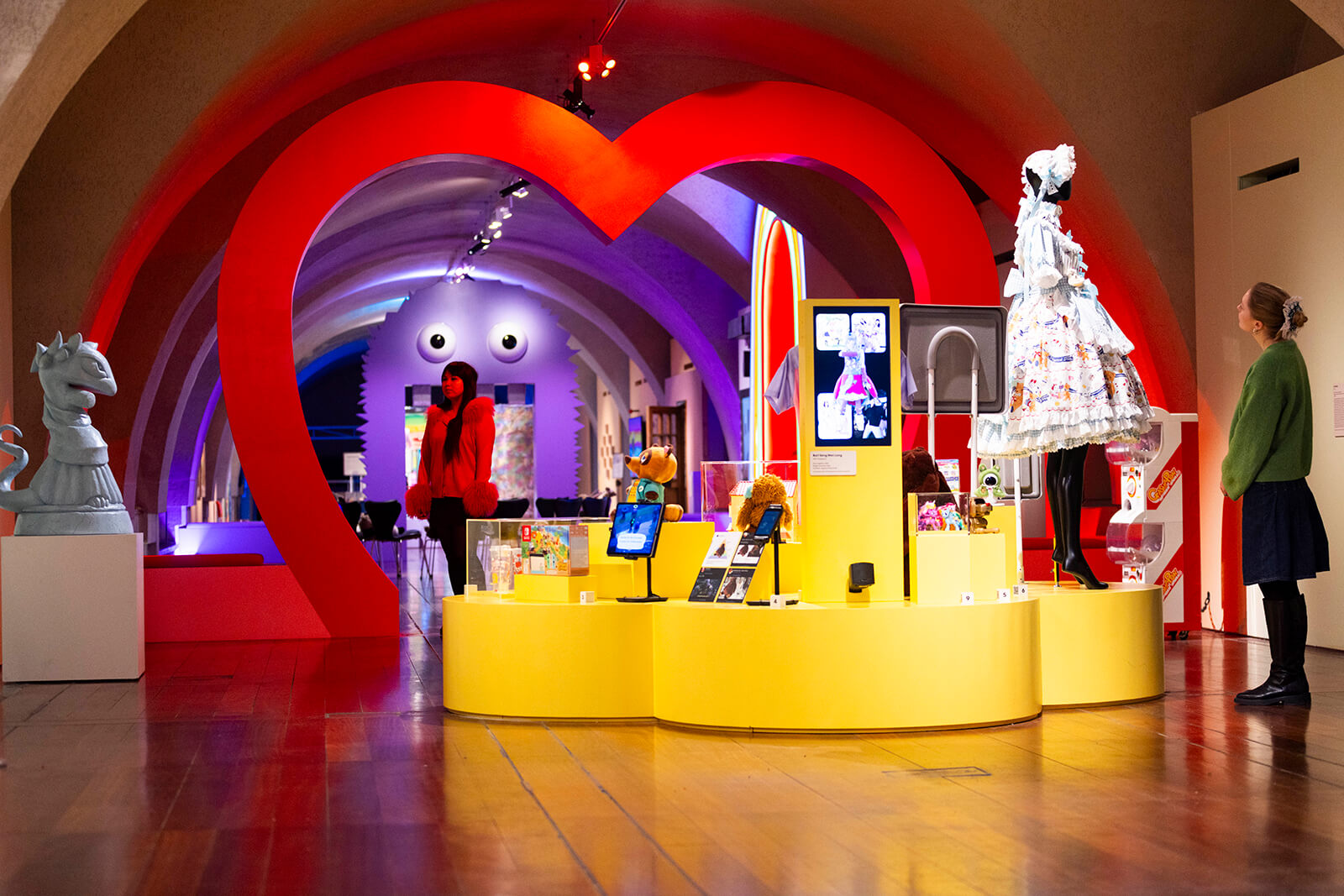
With the intent to explore the different guises in which cuteness manifests itself, the exhibition addresses five key themes, namely Cry Baby, Play Together, Monstrous Other, Sugar-Coated Pill and Hypersonic. These themes, with specific characteristics, serve to unlock the different routes through which cuteness manifests itself in pop culture. Each of the clusters sitting under the five themes is accompanied by a short film commissioned by visual artist Bart Seng Wen Long. While Cry Baby unravels the tendency of cuteness to often come across as helpless and vulnerable, such that it encourages one to have tender feelings towards it, Play Together examines the potential of this aesthetic to incite childlike ease amongst us, hence helping one find a warm space away from life’s anxieties. Monstrous Other addresses the darker side of cuteness and the ability to apply this aesthetic to various characters, both innocent and otherwise. Sugar-Coated Pill examines the usage of cuteness as a means to allay the unappealing aura of particular entities and Hypersonic points towards the exuberant adoption of cuteness as a lifestyle choice.
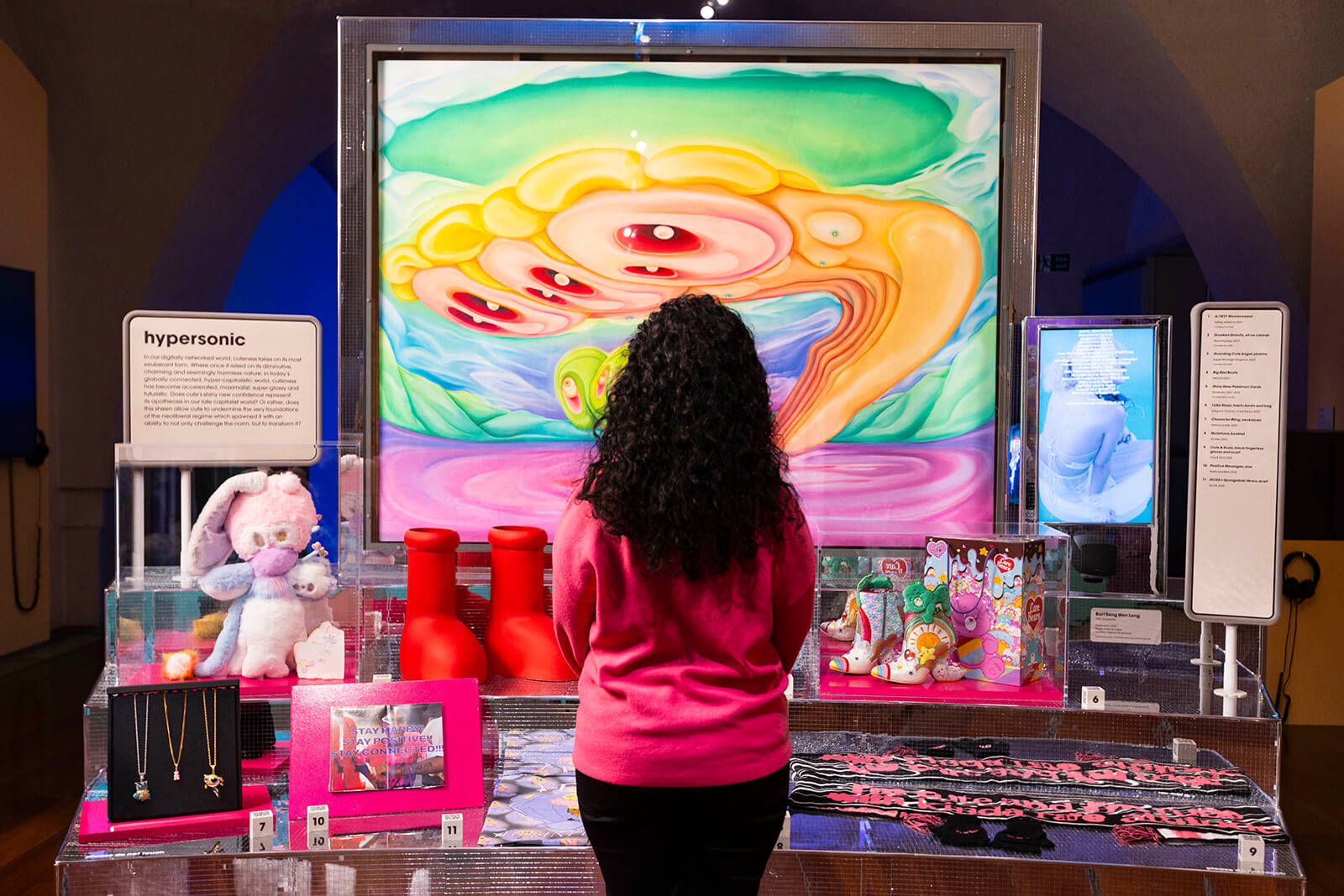
As part of a time where easy connectivity has ensured heightened exposure to war, famine, conflicts, violence, climate crisis, systemic discrimination, racism and sectarianism, happening everywhere across the globe, it has become essential for people—who can afford the time, space and capital for such possessions—to seek coping mechanisms. This is where ‘cute’ comes in. The comforting aura of this aesthetic invokes innocence, which, in turn, evokes the nostalgic emotion of comfort that one often associates with childhood. Its reference, then, in one’s stationary, clothes, decor, vehicles, or even one’s speech and handwriting, can help create a safe sanctuary away from the uncertainty that looms daily. By regulating associations and relationships with characters from the cute universe, one can fantasise about an alternate reality. Amid a reality that manages to make one feel powerless, such fantasies can play a powerful role in an individual’s well-being.
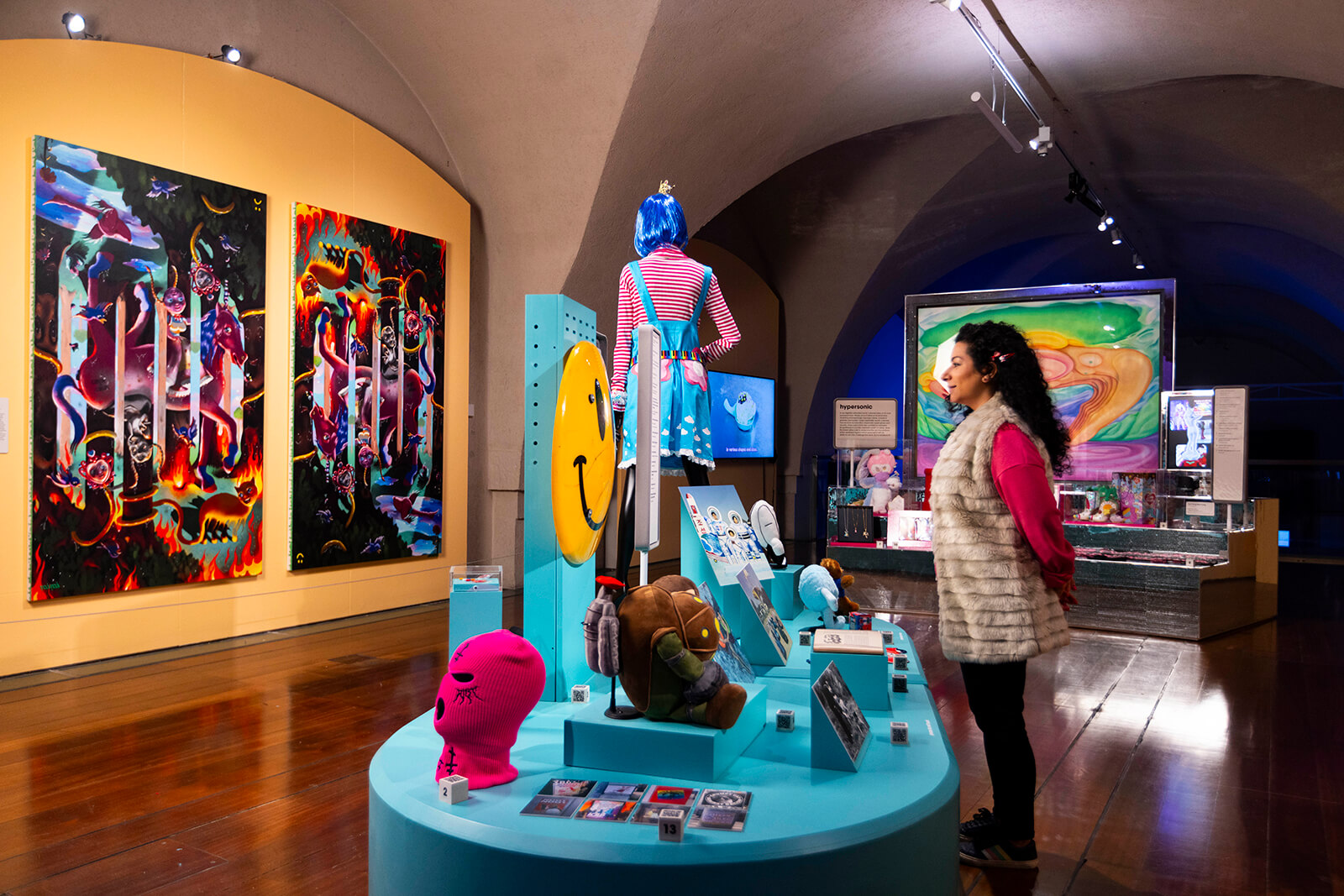
However, when one flips the coin, to examine the basis upon which such a rich influx into the cute universe is rooted, the consumerist genesis of this phenomenon becomes clear. By regulating interpersonal phantom relationships between the cute material provisions and the consumer, the market and market owners manage to establish an addictive habit, hence, ensuring thriving consumerism. On the other hand, a cute and seemingly safe environment is the perfect site for manufacturing consent for any kind of propaganda. This weaponisation of the cute culture stands in stark contrast against the seemingly innocent image it is typically associated with, ergo, appending the neoliberal and neocolonial systems.
The exhibition ‘CUTE’ is on display until April 14, 2024, at Somerset House, London, United Kingdom.
(Disclaimer: The views and opinions expressed here are those of the author(s) and do not necessarily reflect the official position of STIR or its Editors.)
by Aarthi Mohan Oct 13, 2025
The edition—spotlighting the theme Past. Present. Possible.—hopes to turn the city into a living canvas for collaboration, discovery and reflection.
by Anushka Sharma Oct 11, 2025
The Italian design studio shares insights into their hybrid gallery-workshop, their fascination with fibreglass and the ritualistic forms of their objects.
by Mrinmayee Bhoot Oct 09, 2025
At the æquō gallery in Mumbai, a curated presentation of the luxury furniture brand’s signature pieces evokes the ambience of a Parisian apartment.
by Aarthi Mohan Oct 07, 2025
At Melbourne’s Incinerator Gallery, a travelling exhibition presents a series of immersive installations that reframe playgrounds as cultural spaces that belong to everyone.
 surprise me!
surprise me!
make your fridays matter
SUBSCRIBEEnter your details to sign in
Don’t have an account?
Sign upOr you can sign in with
a single account for all
STIR platforms
All your bookmarks will be available across all your devices.
Stay STIRred
Already have an account?
Sign inOr you can sign up with
Tap on things that interests you.
Select the Conversation Category you would like to watch
Please enter your details and click submit.
Enter the 6-digit code sent at
Verification link sent to check your inbox or spam folder to complete sign up process



by Almas Sadique | Published on : Apr 05, 2024
What do you think?